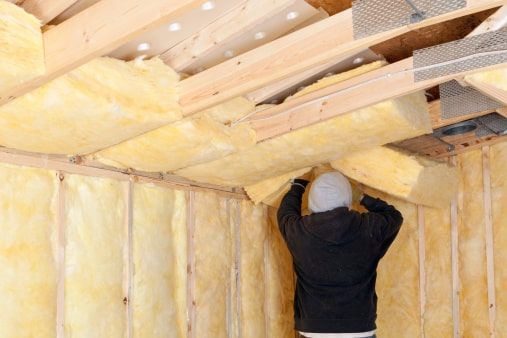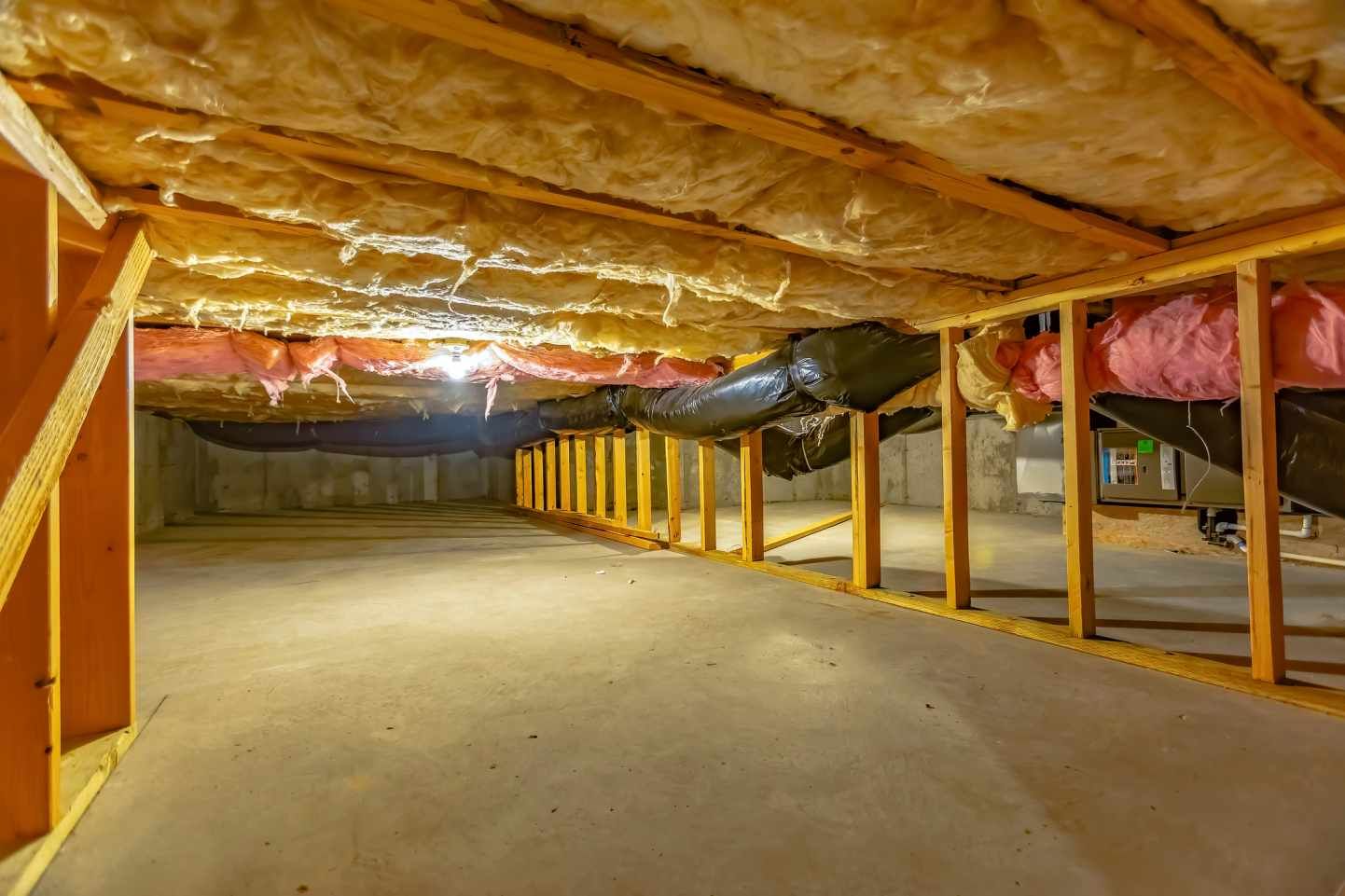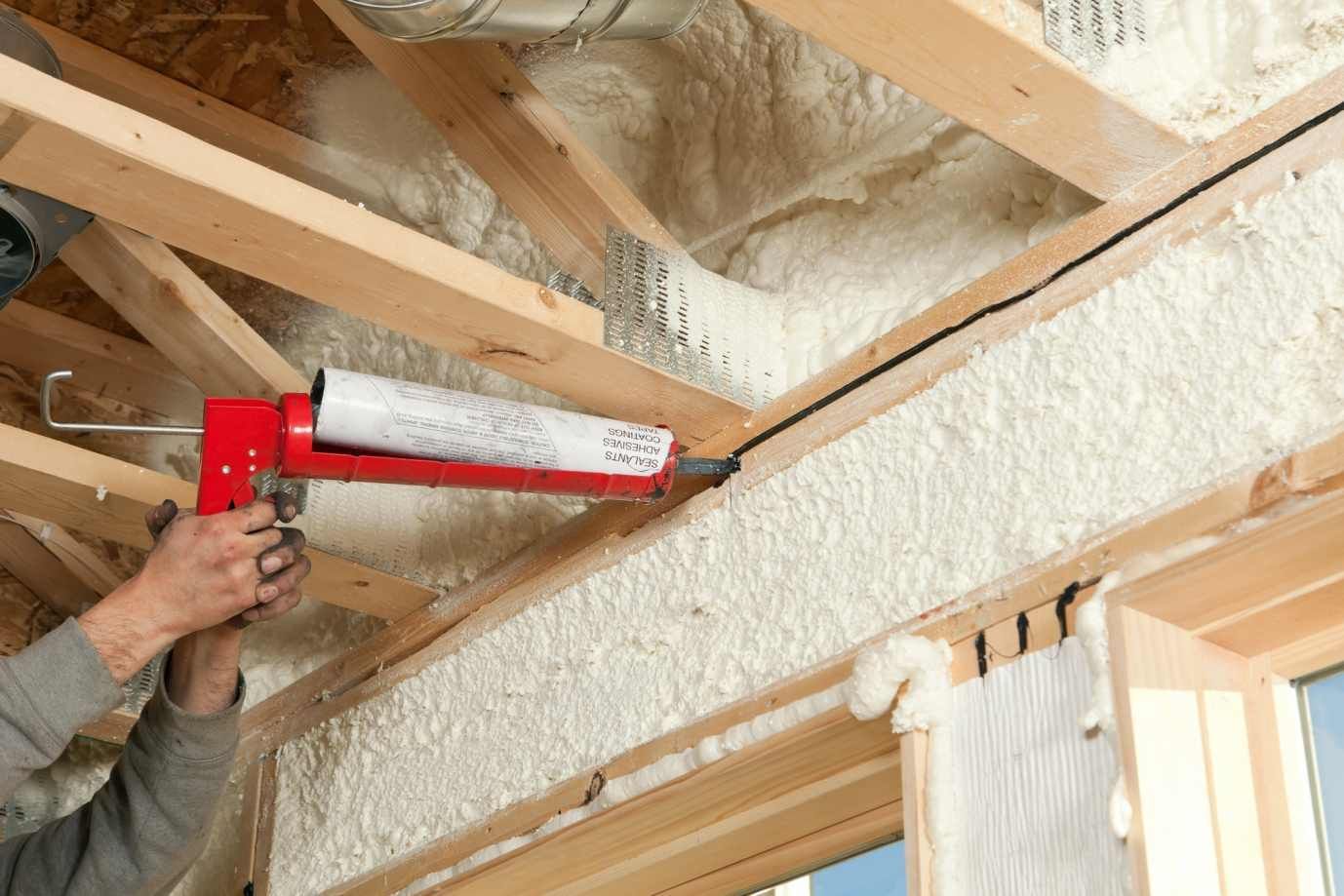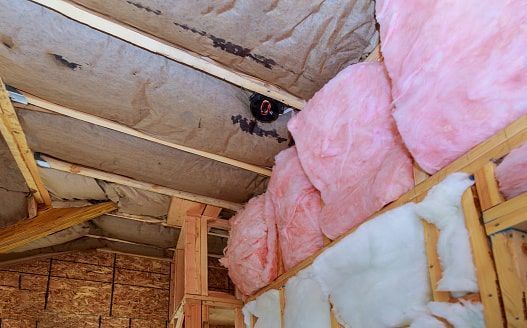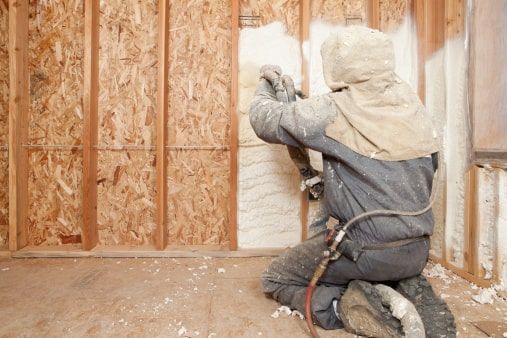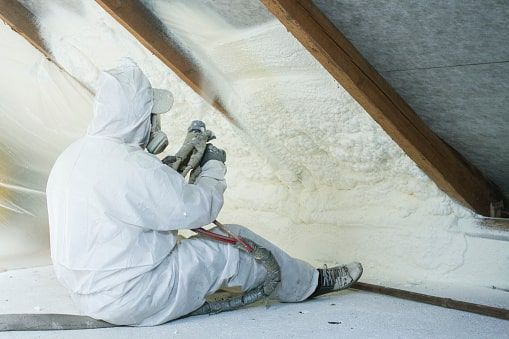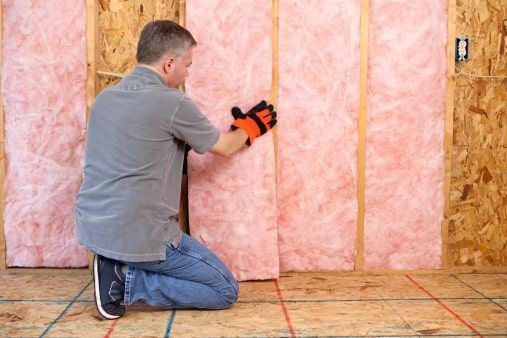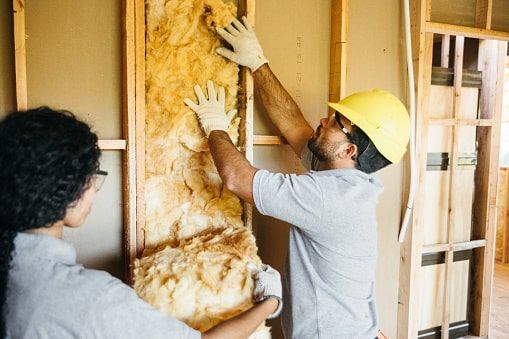A Guide to Home Insulation Types
Choosing the right home insulation starts with understanding your options and how each performs in different scenarios. Some materials are better at blocking air, while others shine in sound control and moisture resistance. This guide covers three different types of insulation for homes to help you decide what fits your needs and budget best.
Fiberglass Insulation
Fiberglass is one of the most common house insulation types. This material is affordable, reliable, and easy to install. It comes in batts, rolls, and loose-fill forms suitable for open spaces like attics and between unfinished wall studs where it can be tucked into place. Fiberglass is resistant to fire, mold, and pests. Plus, it offers a decent R-value, the number that tells you how well insulation resists heat transfer.
However, fiberglass isn’t perfect for every situation. Because it’s made of tiny glass fibers, touching it without gloves isn’t a good idea. It also doesn’t block air movement, so you’ll need to seal gaps and cracks separately. Despite these considerations, fiberglass is a great way to upgrade insulation on a budget.
Cellulose Insulation
Cellulose is an eco-friendly pick. It’s mostly made of recycled newspaper treated with non-toxic fire retardants. This makes it both sustainable and safe to use. Cellulose is only available as a loose-fill material, making it ideal for attic floors and existing walls.
Because cellulose is denser than fiberglass, it cuts down on noise pollution, a huge plus for homes near busy roads or in noisy neighborhoods. Its R-value is slightly higher than fiberglass, and it fills small gaps better, giving it an edge in overall performance. However, cellulose absorbs moisture, so it’s best in enclosed spaces where it’s unlikely to get wet.
Spray Foam Insulation
Spray foam is highly effective at sealing everything in its path. Once sprayed, it expands to fill every nook and cranny, creating a tight thermal and air barrier. There are two types of spray foam: open-cell and closed-cell. Open-cell spray foam is lighter and better for sound absorption, while closed-cell spray foam is denser and more moisture-resistant.
Spray foam has the highest R-value per inch of all the different types of home insulation, making it ideal for basements, crawlspaces, and anywhere air leaks are a concern. It costs the most up front, but the long-term energy savings often justify the investment.
Which Type of Insulation Is Right for You?
The best choice among house insulation types depends on your home’s needs, how it’s built, and your budget:
- Fiberglass is the most practical, cost-effective option for a standard attic or wall upgrade.
- Cellulose makes a strong case for sustainability and soundproofing.
- Spray foam offers the strongest performance in moisture-prone or drafty areas.
Contact Titanium Insulation
As one of the Chicago area’s most trusted insulation companies, Titanium Insulation has earned a reputation for working hard and exceeding customer expectations. Every technician we send out is a trained industry veteran who receives continuing education each year. We clean up after ourselves, respect your home like it’s our own, and back all our work with a satisfaction guarantee. Ready to make your home more comfortable, quiet, and energy-efficient? Request your free insulation estimate today!


